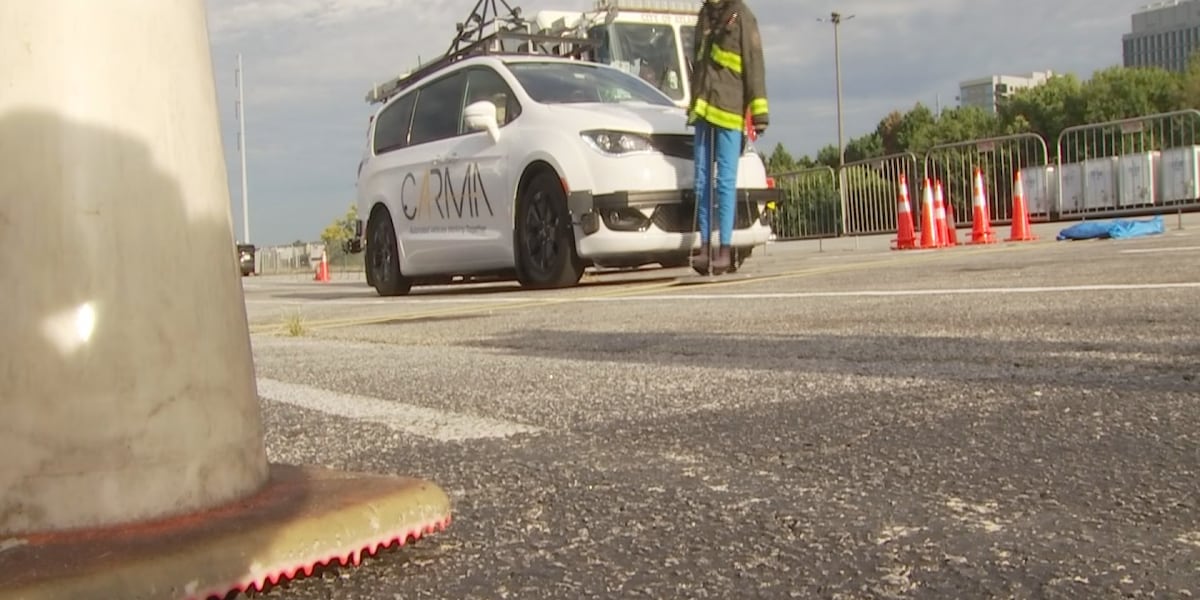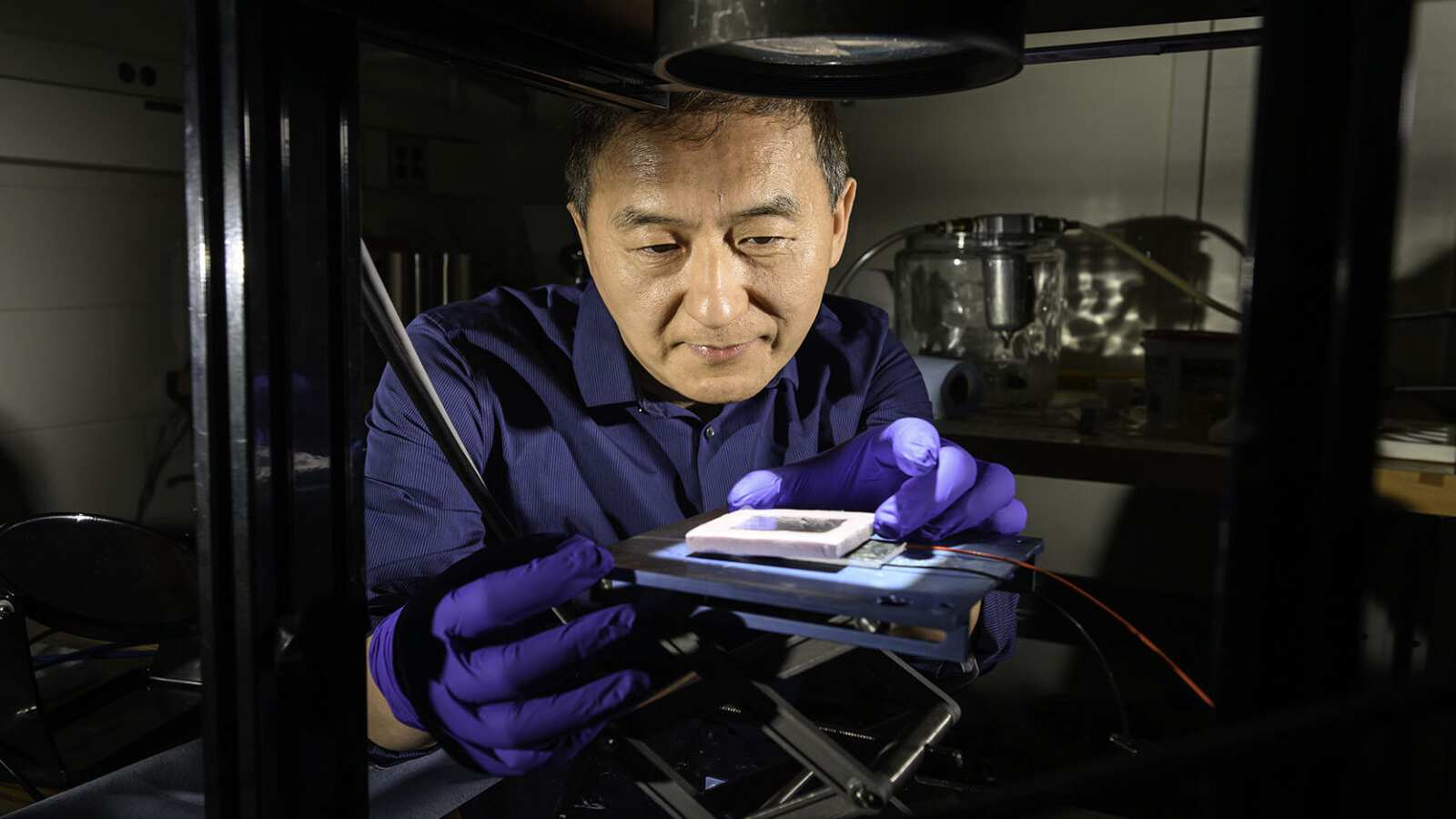Atlanta Showcases Cutting-Edge Tech to Safeguard First Responders in the Age of Autonomous Vehicles

Atlanta is rapidly becoming a hub for innovation, particularly in the realm of autonomous vehicles. As companies like Waymo begin testing their self-driving cars on city streets, Atlanta Department of Transportation (ATLDOT) Commissioner Solomon Caviness is emphasizing the critical need for connected and automated vehicle (CAV) technology to protect the brave men and women who respond to emergencies.
The recent display of new technologies in Atlanta highlighted the proactive approach the city is taking to ensure the safety of first responders. These advancements aren't merely about futuristic gadgets; they're about equipping firefighters, paramedics, and police officers with the tools they need to work safely in an increasingly complex transportation landscape.
The Growing Need for Responder Safety
The introduction of self-driving cars presents both incredible opportunities and unique challenges. While autonomous vehicles promise to reduce accidents and improve traffic flow, they also introduce new safety considerations for first responders. Traditional emergency response protocols often rely on human interaction and predictable vehicle behavior. With autonomous vehicles, these assumptions can no longer be taken for granted.
Imagine a scenario where a self-driving car is involved in an accident. How does the vehicle communicate its status to first responders? How do responders safely approach and manage a vehicle that may not react as expected? These are just a few of the questions that CAV technology aims to address.
Key Technologies on Display
The technologies showcased in Atlanta focused on several key areas:
- Vehicle-to-Everything (V2X) Communication: This technology allows vehicles to communicate with each other, infrastructure (like traffic signals), and first responders. This real-time communication can provide responders with critical information about an accident scene, such as the number of vehicles involved, potential hazards, and the status of the autonomous vehicles.
- Automated Incident Detection: Systems that automatically detect accidents and alert emergency services can significantly reduce response times, potentially saving lives.
- Remote Vehicle Control: In certain situations, responders may need to remotely control an autonomous vehicle to ensure the safety of the scene.
- Enhanced Responder Training: Comprehensive training programs are essential to ensure that first responders are prepared to interact with and manage autonomous vehicles effectively.
ATLDOT's Vision for the Future
Commissioner Caviness’s advocacy for CAV technology underscores ATLDOT’s commitment to creating a safer and more efficient transportation system for everyone. The department envisions a future where connected and automated vehicles work in harmony with first responders, enhancing their safety and effectiveness.
“We’re not just talking about the future; we’re actively building it,” stated Commissioner Caviness. “Protecting our first responders is our top priority, and these technologies are a crucial step in achieving that goal.”
Looking Ahead
Atlanta's proactive approach to CAV technology sets a positive example for other cities across the nation. As autonomous vehicles become more prevalent, it's imperative that cities invest in the infrastructure and training needed to ensure the safety of first responders and the public alike. The technologies on display in Atlanta offer a glimpse into a future where technology and human expertise work together to create a safer and more resilient transportation ecosystem.






